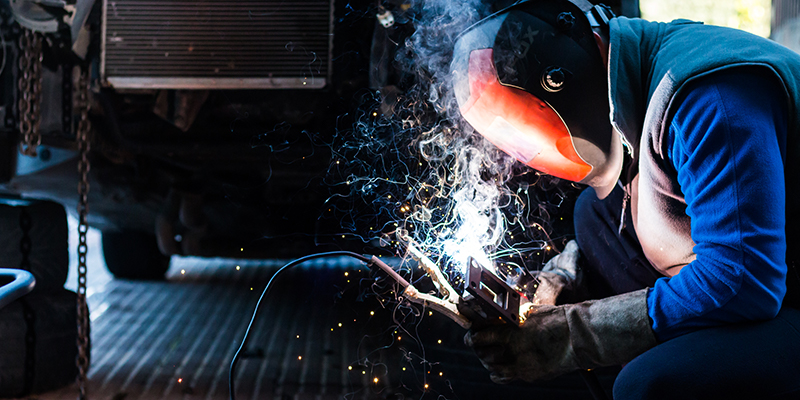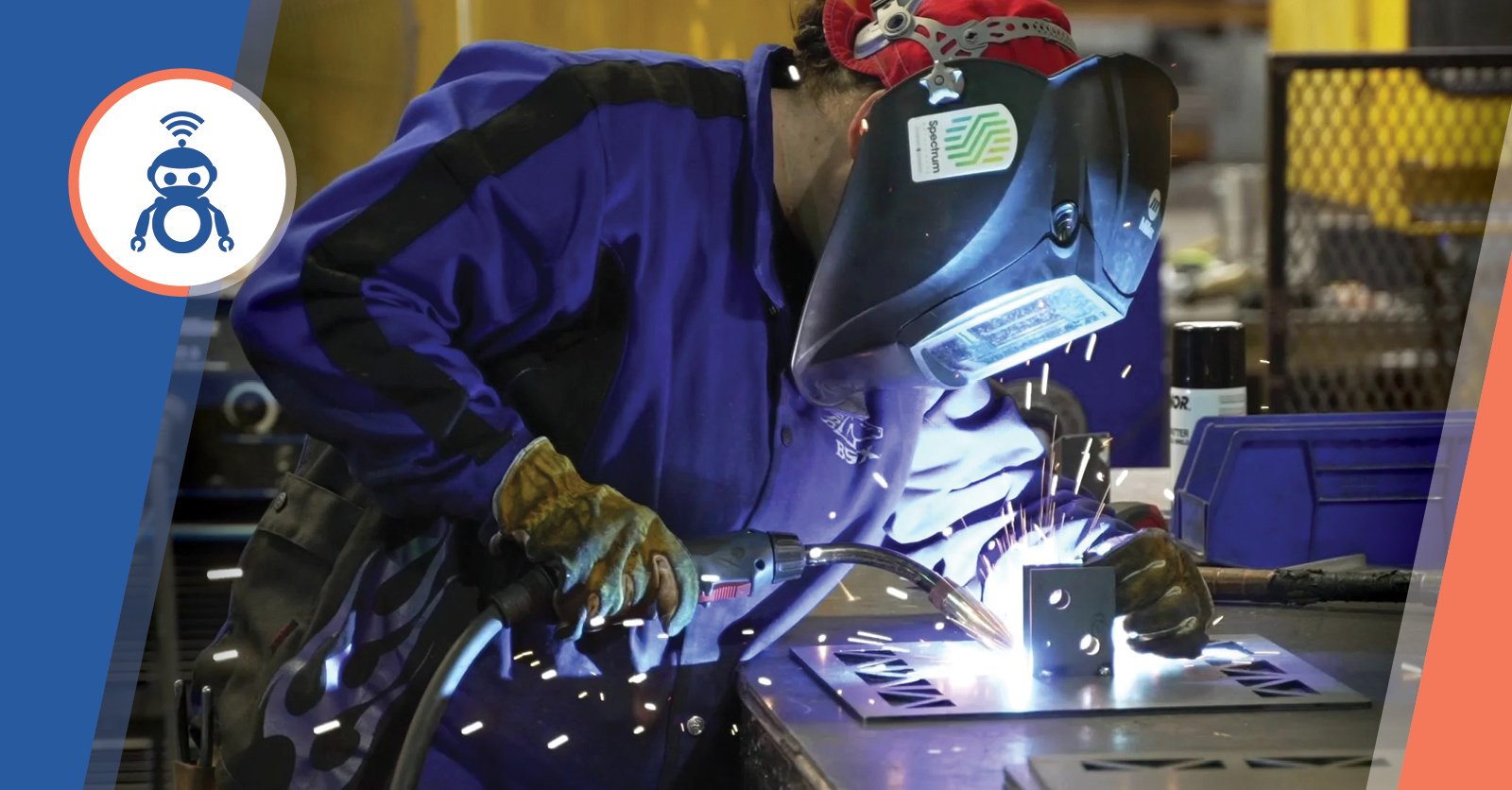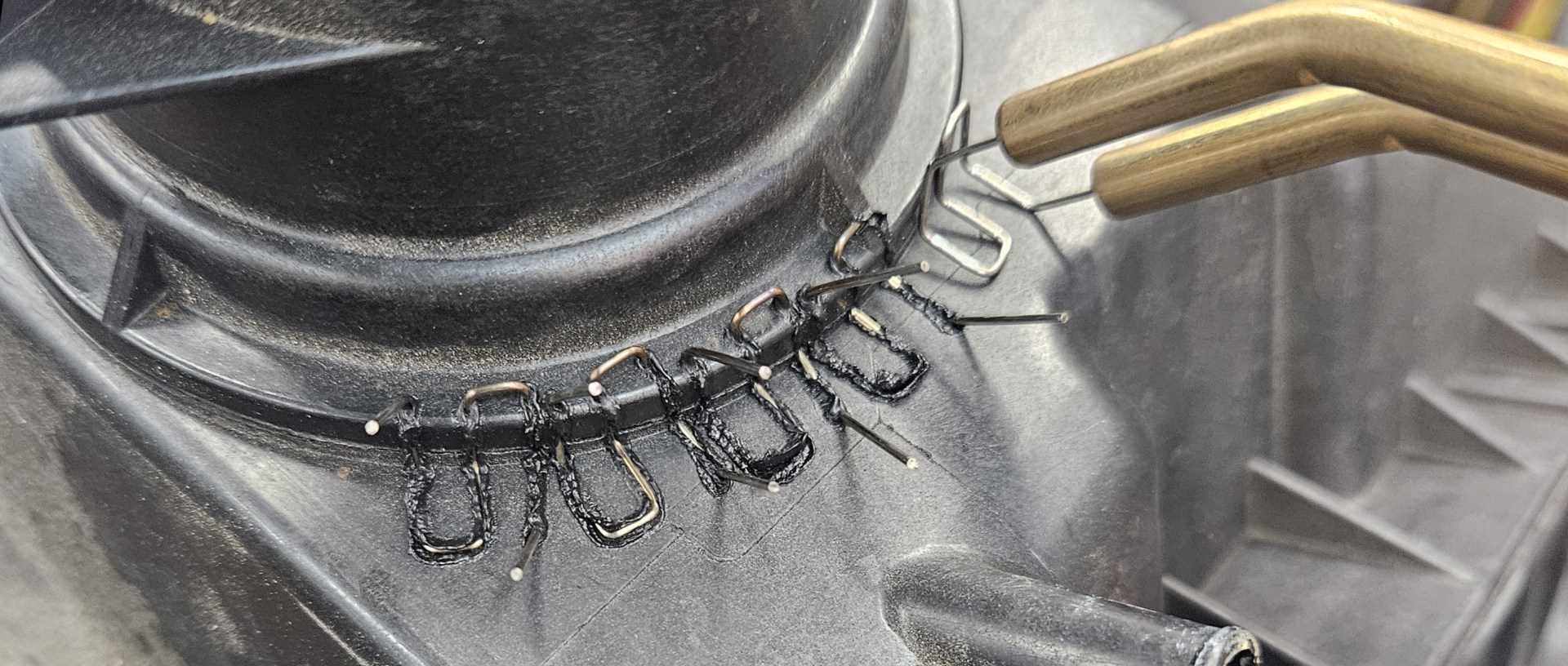Common Welding Repair Service Issues and How to Address Them Successfully
Welding fixings often come across a series of issues that can threaten the stability of the last item. Typical issues consist of insufficient penetration, porosity, and misalignment, to name a few. Each issue presents distinct difficulties that call for specific methods for resolution. Understanding these issues is essential for welders aiming to enhance their results and abilities. This conversation will discover these typical welding repair work issues and reliable approaches to address them.
Insufficient Infiltration
Insufficient penetration takes place when the weld steel fails to completely fuse with the base product, resulting in weak joints and possible architectural failures. This issue usually originates from inadequate heat input, inaccurate electrode angle, or inappropriate welding speed. Welders might encounter insufficient infiltration because of a miscalculation of the necessary specifications for a certain product thickness or kind. Additionally, contamination on the base product's surface area can prevent reliable bonding, exacerbating the issue. To resolve poor penetration, welders need to assure appropriate settings on their equipment and preserve a tidy work surface area. Normal evaluation of welds is suggested to recognize any kind of shortages early, allowing for timely corrections and the avoidance of compromised structural honesty in welded assemblies.
Porosity
Porosity is an usual issue in welded joints that materializes as small gas bubbles caught within the weld metal. This problem can endanger the integrity of the weld, bring about lowered stamina and potential failing under stress and anxiety. Belgrade Fabrication. Porosity commonly arises from contamination, moisture, or improper welding strategies, which allow gases to escape right into the molten weld swimming pool. To resolve porosity, welders should assure appropriate surface area prep work, keep a tidy workplace, and use appropriate welding specifications. In addition, picking the best filler material and shielding gas can alleviate gas entrapment. Routine examination and testing of welds can help determine porosity early, assuring prompt rehabilitative activities are taken, therefore protecting the top quality and reliability of the bonded framework
Imbalance
Imbalance in welding can occur from numerous elements, including inappropriate setup and thermal growth. Recognizing the source is necessary for efficient resolution. Several adjustment strategies are available to realign components and assure structural integrity.
Sources of Imbalance
Welding imbalance frequently stems from a range of underlying problems that can compromise structural integrity. One primary cause is improper fit-up of components prior to welding, which can lead to voids and uneven surface areas. Variants in thermal expansion throughout the welding process can likewise cause distortion, specifically if the products being joined have various coefficients of development. In addition, insufficient clamping and fixturing may fall short to hold components safely in position, resulting in motion throughout welding. Badly conserved devices, consisting of welding makers and devices, might present variances in the weld grain, further adding to imbalance. Driver mistake, stemming from inadequate training or experience, can likewise play a considerable role in developing misaligned welds.

Improvement Methods Available
Dealing with imbalance successfully calls for a mix of corrective techniques tailored to the particular concerns available. One common approach is the use of fixtures or jigs to hold elements in the appropriate setting during welding, making sure constant alignment. In addition, preheating the materials can help in reducing distortion and boost fit-up. For significant imbalance, mechanical adjustment methods, such as using hydraulic jacks or clamps, can be utilized to deal with the setting before welding. Post-weld warm treatment might also be essential to ease stresses brought on by misalignment. Careful evaluation and adjustment during the configuration stage can stop imbalance problems from ending up being substantial issues, advertising a smoother welding process and boosting overall structural integrity.
Distortion
Distortion is a common obstacle in welding that can occur from various elements, consisting of uneven cooling and heating. Recognizing the reasons for distortion is crucial for implementing reliable prevention strategies. Addressing this issue not only enhances architectural integrity however also enhances the overall quality of the weld.
Reasons of Distortion
When subjected to the extreme heat of welding, products frequently undertake modifications that can result in distortion. This sensation largely emerges from thermal development and tightening during the welding process. As the weld location warms up, the product expands; upon cooling, it gets, which can create inner stress and anxieties. Furthermore, uneven heating throughout a workpiece can exacerbate these anxieties, leading to warping or bending. The type of product also plays a significant duty; steels with varying thermal conductivity and coefficients of expansion might respond differently, resulting in uncertain distortions. Moreover, poor joint layout and inadequate fixturing can add to misalignment during welding, boosting the chance of distortion. Understanding these reasons is crucial for efficient welding fixing and avoidance strategies.
Prevention Techniques
Effective prevention strategies for distortion throughout welding concentrate on regulating warm input and ensuring proper joint design. Maintaining a constant warm input assists to lessen thermal development and contraction, which can cause distortion. Utilizing methods such as preheating the workpiece can additionally minimize the temperature slope, promoting consistent home heating. Additionally, picking ideal joint styles, such as T-joints or lap try this site joints, can boost stability and reduce stress and anxiety concentrations. Implementing appropriate fixturing to secure the work surfaces in location further help in keeping placement during the welding process. Ultimately, staggered welding sequences can disperse heat much more equally, stopping local distortion. By applying these approaches, welders can considerably reduce the probability of distortion and improve the general quality of their welds.
Cracking
Cracking is an usual concern run into in welding repairs, frequently arising from numerous elements such as improper cooling prices, material option, or poor joint preparation. The occurrence of splits can significantly compromise the stability of the weld, bring about prospective failings during procedure. To resolve this concern, welders must first examine the origin, guaranteeing that materials are compatible and suitably chosen for the specific application. Additionally, regulating the cooling rate throughout the welding procedure is important; quick air conditioning can induce tension and lead to cracking. Appropriate joint design and prep work additionally add to minimizing the danger. Applying these techniques can improve weld high quality and sturdiness, ultimately lowering the chance of fracturing in finished weldments.

Incomplete Fusion
A significant concern in welding fixings is incomplete combination, which takes place when the weld steel does not properly bond with the base material or previous weld passes - Belgrade Welding. This flaw can lead to weaknesses in the joint, possibly endangering the honesty of the bonded structure. Factors contributing to insufficient blend include insufficient warm input, incorrect welding method, and contamination of the surfaces being signed up with. To address this concern effectively, welders must assure appropriate pre-weld cleaning and surface preparation, in addition to adjust their welding criteria to attain appropriate penetration and combination. Routine inspection during the welding procedure can likewise help determine insufficient combination early, permitting prompt rehabilitative procedures to enhance the overall quality of the my review here weld
Overheating
While welding repair work can improve structural integrity, overheating offers a substantial challenge that can bring about material deterioration. Extreme warmth throughout welding can change the mechanical properties of steels, leading to decreased strength, increased brittleness, and bending. This sensation is particularly critical in high-stress applications where structural dependability is vital. Recognizing overheating can include aesthetic examinations for discoloration or distortion, as well as keeping track of temperature throughout the welding procedure. To mitigate the threats linked with overheating, welders ought to use appropriate strategies, such as regulating warm input, changing traveling speed, and using appropriate filler products. In addition, executing pre- and post-weld warm therapies can aid bring back product properties and enhance the overall top quality of the repair service, making certain long-lasting efficiency and safety and security.
Frequently Asked Concerns
What Are the Usual Signs of a Welding Defect?

How Can I Test My Welds for Top quality?
To check welds for high quality, one can use visual examinations, ultrasonic testing, and radiographic approaches. Each method guarantees structural integrity, recognizes problems, and confirms adherence to specified standards, eventually improving the dependability of the bonded joints.
What Security Safety Measures Should I Take While Welding?
When welding, one need to prioritize safety by putting on appropriate individual protective equipment, guaranteeing appropriate air flow, securing flammable materials away, keeping a tidy workspace, and recognizing environments to stop accidents and injuries.
Can I Fix a Weld Without Redesigning the Entire Joint?
Repairing a weld without redoing the whole joint is possible, relying on the damage (Montana Mobile Welding and Repair Welding). Techniques such as grinding, including filler material, or utilizing a welding process can effectively resolve details problems while preserving the surrounding framework
What Tools Are Important for Effective Welding Repairs?
Necessary tools for efficient welding fixings include a welding maker, wire brush, mill, protective equipment, clamps, and filler materials. Each device plays an essential role in making sure high quality and safety and security during the repair procedure. Porosity commonly occurs from contamination, dampness, or improper welding methods, which permit gases to run away right into the molten weld swimming pool. Badly conserved tools, consisting of welding machines and Source tools, might introduce disparities in the weld bead, more adding to misalignment. When subjected to the intense warm of welding, products commonly undertake modifications that can lead to distortion. Fracturing is a common issue encountered in welding repair services, usually resulting from various factors such as inappropriate air conditioning prices, material choice, or insufficient joint prep work. A significant concern in welding repair work is incomplete blend, which takes place when the weld steel does not properly bond with the base material or previous weld passes.
Comments on “Solutions by Montana Mobile Welding and Repair Belgrade prevent porosity and distortion in welding”